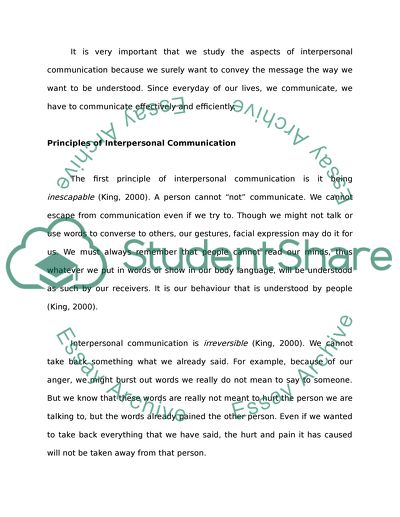Cite this document
(“Gender differences in communicating relationship expectations Research Paper”, n.d.)
Gender differences in communicating relationship expectations Research Paper. Retrieved from https://studentshare.org/miscellaneous/1593853-gender-differences-in-communicating-relationship-expectations-interpersonal-communication
Gender differences in communicating relationship expectations Research Paper. Retrieved from https://studentshare.org/miscellaneous/1593853-gender-differences-in-communicating-relationship-expectations-interpersonal-communication
(Gender Differences in Communicating Relationship Expectations Research Paper)
Gender Differences in Communicating Relationship Expectations Research Paper. https://studentshare.org/miscellaneous/1593853-gender-differences-in-communicating-relationship-expectations-interpersonal-communication.
Gender Differences in Communicating Relationship Expectations Research Paper. https://studentshare.org/miscellaneous/1593853-gender-differences-in-communicating-relationship-expectations-interpersonal-communication.
“Gender Differences in Communicating Relationship Expectations Research Paper”, n.d. https://studentshare.org/miscellaneous/1593853-gender-differences-in-communicating-relationship-expectations-interpersonal-communication.


